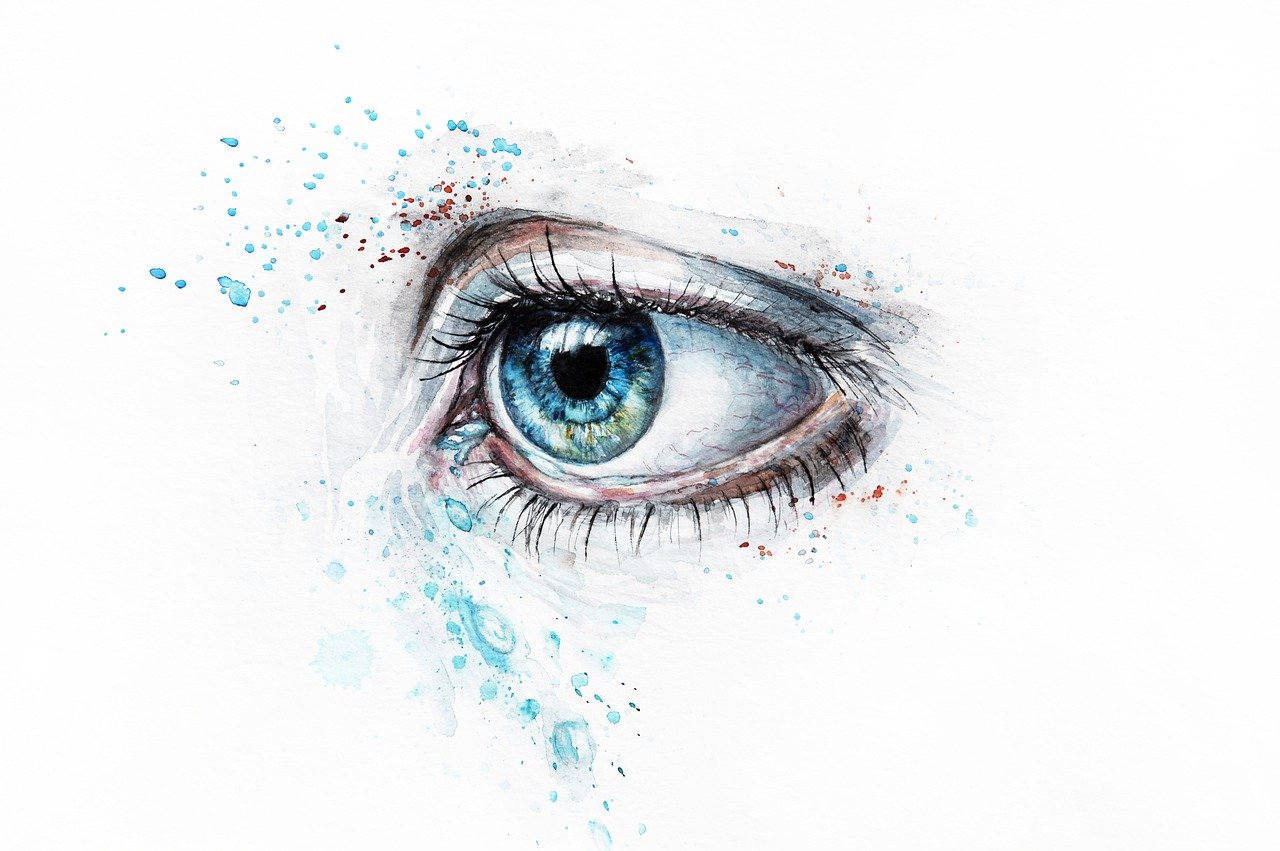
In our technology-driven world, prolonged exposure to screens—such as computers and televisions—has become a daily norm. However, for individuals with certain sensory sensitivities, this constant engagement can lead to significant discomfort and distress. One such response is known as “vestibular fasting,” a term that describes the need to take breaks from visual stimuli to alleviate sensory overload. Accompanying this is misokinesia, a heightened sensitivity to the sight of repetitive, small movements, which can further exacerbate discomfort.
Vestibular Fasting: A Necessity for Sensory Relief
The term “vestibular fasting” refers to the practice of intentionally taking breaks from visual stimuli to prevent sensory overload. This approach is particularly beneficial for individuals who experience dizziness, nausea, or other symptoms when exposed to continuous visual input. By periodically disengaging from screens, individuals can help reset their sensory systems, reducing the risk of discomfort and promoting overall well-being (Alvarado et al., 2022).
Misokinesia: Sensitivity to Repetitive Movements
Misokinesia, often described as a “hatred of movements,” involves a strong negative emotional response to the sight of small, repetitive movements, such as someone fidgeting with their hands or feet. This sensitivity can lead to significant distress and social discomfort. Research indicates that approximately one-third of individuals may experience some degree of misokinesia, highlighting its prevalence and impact on daily life (Wells et al., 2021).
The Interplay Between Vestibular Fasting and Misokinesia
For individuals sensitive to both visual stimuli and repetitive movements, the combination of prolonged screen time and exposure to misokinetic triggers can be particularly challenging. Engaging in vestibular fasting—taking regular breaks from screens—can help mitigate the effects of misokinesia by reducing the overall sensory load. This practice allows individuals to manage their sensitivities more effectively, promoting a healthier interaction with technology (Boucher et al., 2020).
Peer-Reviewed Insights
A study published in Frontiers in Neuroscience explores the relationship between misophonia (a strong aversion to specific sounds) and sensory over-responsiveness (SOR). The research suggests that individuals with misophonia exhibit heightened sensory responsiveness, which may overlap with conditions like misokinesia. Understanding these sensitivities is crucial for developing effective coping strategies (Boucher et al., 2020).
Additionally, research on misokinesia indicates that this sensitivity is prevalent in the general population, with approximately one-third of individuals reporting some degree of sensitivity to repetitive movements. This finding underscores the importance of recognizing and addressing misokinesia in daily life (Wells et al., 2021).
Conclusion
Incorporating practices like vestibular fasting and being mindful of misokinesia can significantly enhance the quality of life for individuals with sensory sensitivities. By understanding and addressing these conditions, we can create more inclusive environments that accommodate the diverse sensory needs of all individuals.
References
Boucher, N., Tsaliki, E., & Ewing, P. (2020). Sensory processing, sensory overload, and coping mechanisms in individuals with misophonia and misokinesia. Frontiers in Neuroscience. https://doi.org/10.3389/fnins.2020.585485
Wells, K. S., Rodgers, L. S., & Henderson, D. C. (2021). Prevalence and implications of misokinesia in a general population. PMC. https://doi.org/10.3389/fpsyg.2021.709338
Alvarado, J. D., Valenzuela, R. L., & Paz, G. M. (2022). Vestibular fasting: Effects of periodic sensory disengagement in sensory processing disorders. Journal of Sensory Processing. https://doi.org/10.1002/jsp.5223
If you are looking for misophonia coping skills, you can go here to see coaching (worldwide) and here to see therapy (Canada) options with Shaylynn Hayes-Raymond. Shaylynn also offers both live and on-demand webinars for misophonia.







